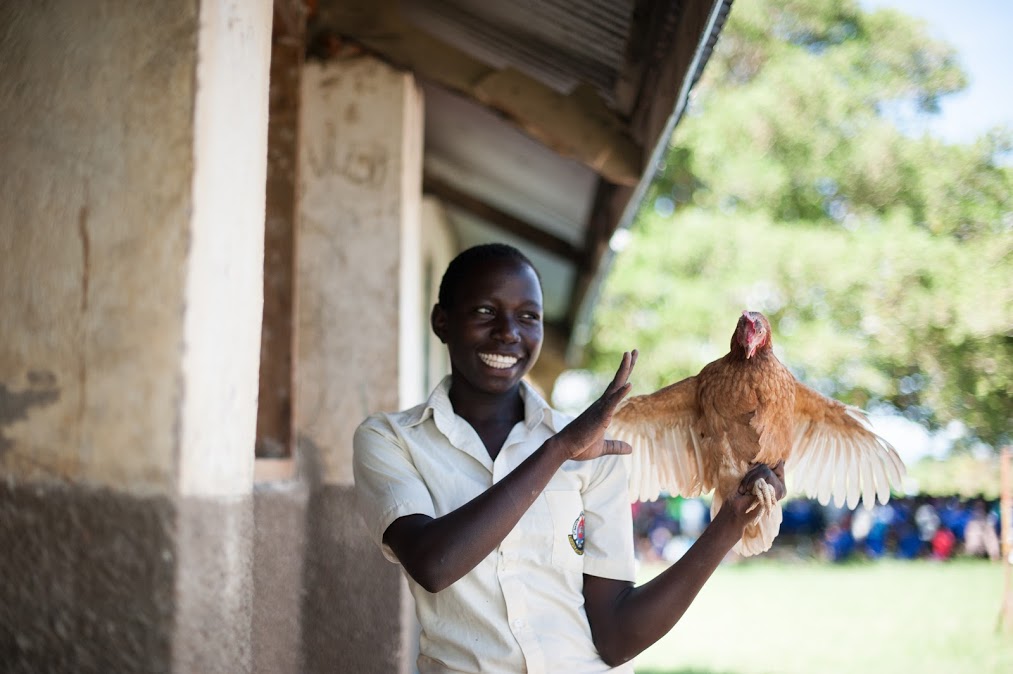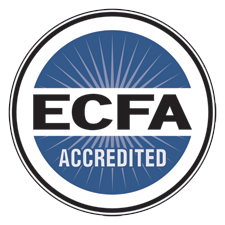Welcome to the first blog in our series, “The 12 Areas of Community Transformation.” Over the course of this year we are answering the question, “How is HopeChest different from other leading child sponsorship organizations?” Today’s blog is about the first of the 12 areas of primary community transformation.
Agriculture and Animal Husbandry
The ability to cultivate land and grow sustenance from soil is not only a command from God, but a gift from God as well. From the very beginning, we were called to “fill the earth and subdue it” (Genesis 1:28), being good stewards of the environment, because from it we would be able to sustain ourselves. In the Garden, God told his new creation, “I give you every seed-bearing plant on the face of the whole earth and every tree that has fruit with seed in it. They will be yours for food” (Genesis 1:29). When we partner with a community we work with community leaders to help them discover possible agricultural and animal husbandry projects and find ways to implement them so that this can move individuals in that community from barely surviving toward increased sustainability.
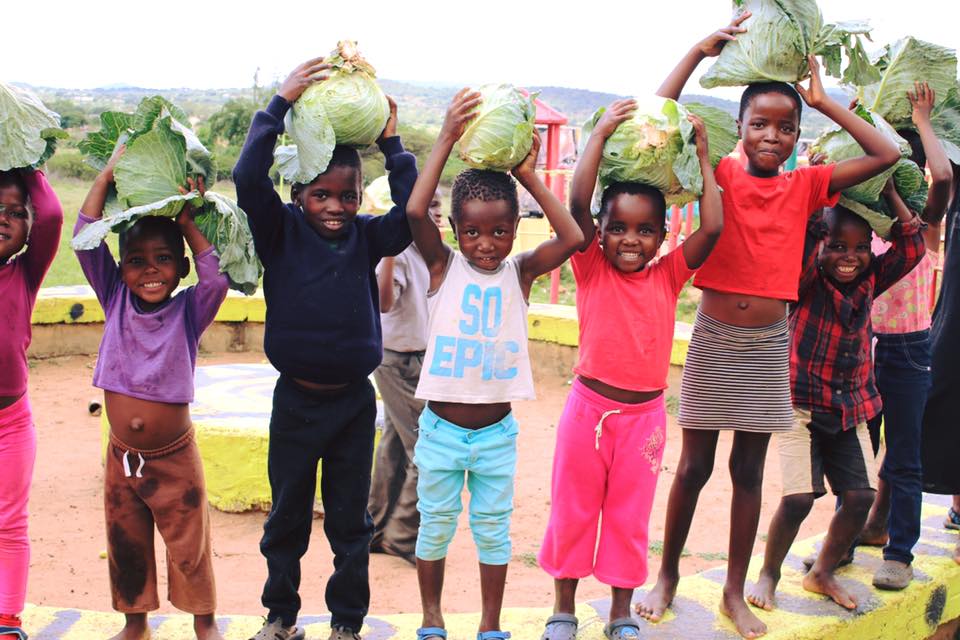
Environmental management plays a massive role in long-term community transformation because in the communities where agricultural projects are possible, increased food security is also possible. For this reason, when surveying the assets/resources that a community possesses, the potential for agriculture and animal husbandry are always a high priority. Food security is a concept that needs to be better understood.
Food Security is achieved when the assets/resources of a community are employed in ways that empower all the individuals of that community to have either the physical ability to raise their own food, the ability to barter in exchange for food, or the economic means and access to purchase it, to the extent that they can live without undue concern about obtaining food in quantities sufficient, and of a kind necessary, to meet their dietary needs and empower them to live lives that are healthy and productive.
Exceeding Food Security
Aside from establishing food security, there are numerous ways that agriculture and animal husbandry projects benefit individuals and communities. Part of our mission at HopeChest is to restore dignity to vulnerable children and their communities. This occurs through agriculture and animal husbandry when impoverished individuals in a community take ownership of crops and are no longer dependent on others to give them food—a basic survival need. It is an innate desire for parents to provide adequate nutrition for their children, but many parents who live in extreme poverty experience shame or devastation when they cannot fulfill this desire. When parents and guardians learn how to cultivate their land they can provide for their children.
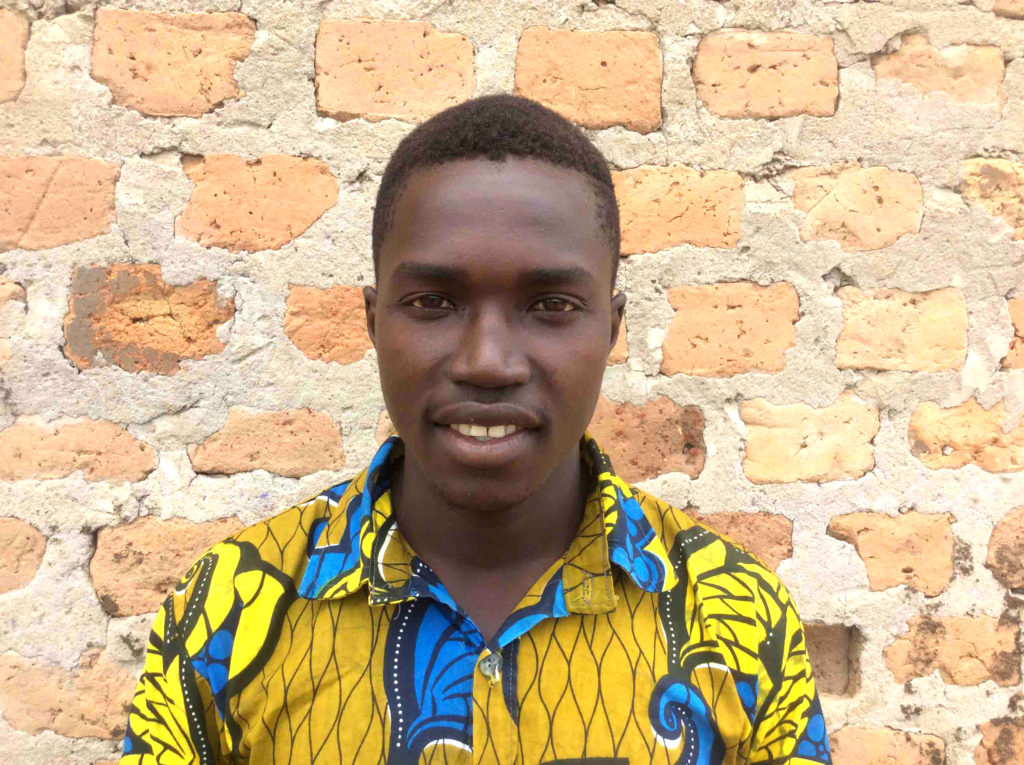
There are numerous ways that CarePoints can implement agricultural and animal husbandry projects with sustainability in mind. One example is irrigation management. Many CarePoints are beginning to treat water like a precious and oftentimes limited resource, and recycle their water, using “gray” or nonpotable water to irrigate their crops. Sustainability can also mean planting crops with roots that are easy to break off and multiply. It can also include raising animals that can be used for numerous purposes. This could include raising chickens either for consumption or meat production for sale. Other options could be sheep for consumption, or for wool production, or other resources that can be sold.
Examples of Community Transformation
and Environmental Stewardship
Part of being a good steward of the environment is keeping it free of waste and litter and taking ownership of it. An excellent example of environmental ingenuity within a community is a unique project at the Ngungwane CarePoint in Swaziland.
Two times a month, children participate in an environmentally friendly walk around Ngungwane. This CarePoint has worked hard to get rubbish bins which are placed at strategic points alongside the road that lead to the bus stations. They are marked with information to help pedestrians throw trash into the appropriate bins so they can be recycled. The plan is to recycle the waste to be made into mats, furniture, and building materials. The children at Ngungwane are enthusiastic about taking ownership of their CarePoint and keeping it clean while contributing to keeping the environment safe and reusing materials. The CarePoint staff is hopeful that this project will take flight and impact many other communities once the project is perfected. “May God bless all these ideas and the brains behind such projects. May such projects bring glory and hope to the Kingdom of God,” says Musa, long-term HopeChest/AIM staff.
God created all things to propagate from seeds. Every seed has unknown and immeasurable potential. Particularly in the area of agriculture and animal husbandry, we begin to see the power of multiplication that God has given to mankind and God’s plan of redemption becomes increasingly clear as communities work to achieve greater degrees of sustaining themselves. He has given us all that is needed, not just to survive, but to actually thrive in life.
______________________________________________
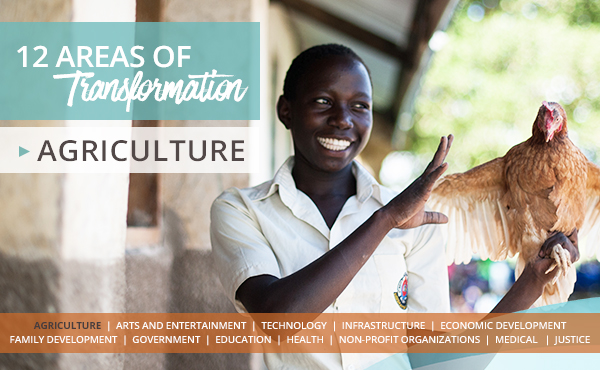
This blog is part of our new, educational series that answers the question, “How are you different from other leading child sponsorship organizations?” Over the course of the year we are going in depth about how your support impacts entire communities in 12 unique areas of transformation.

